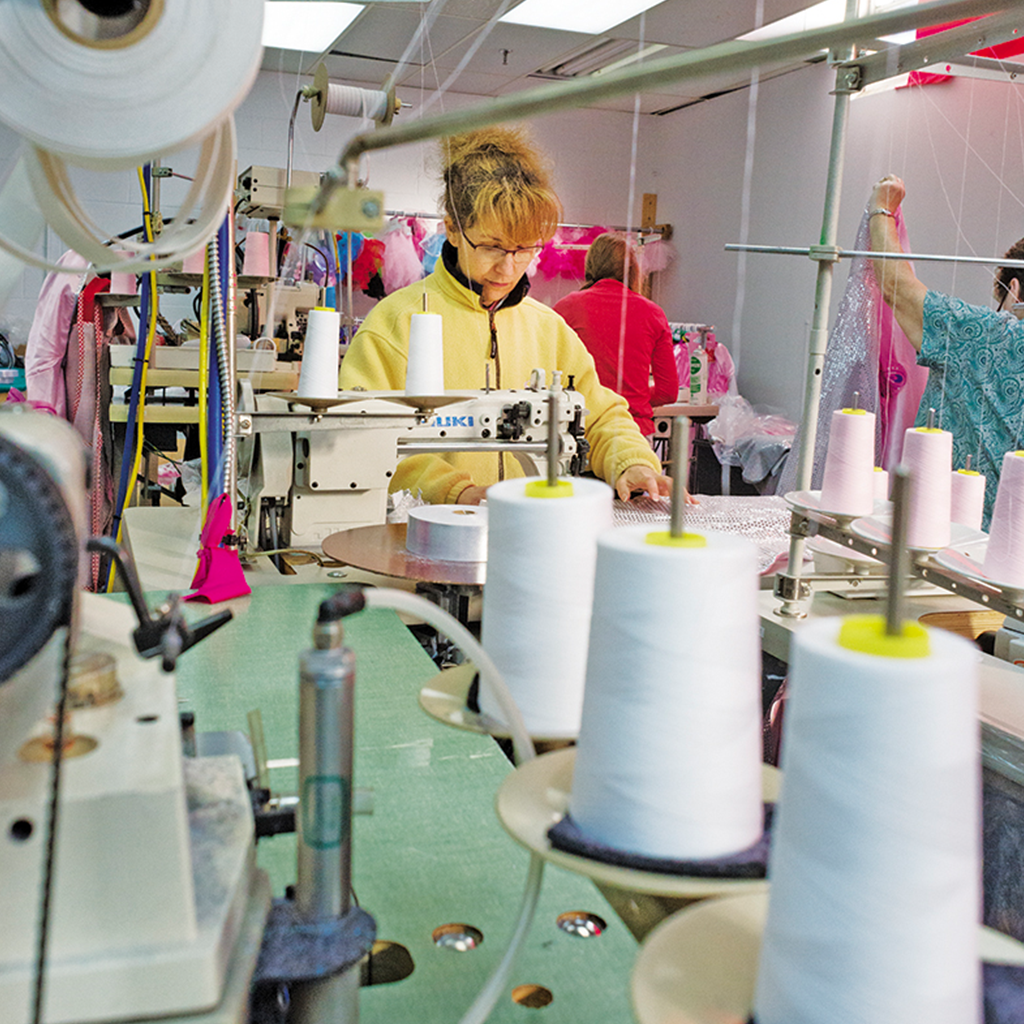Happy Friday everyone! We partnered with our friends at Boon-Dah to bring you this blog post about why early childhood years are important for brain development! Visit their website at www.boon-dah.com for plenty of STEM and learning resources for kids!
As a parent, you are your child’s first teacher. Parents play an instrumental role in terms of their child’s brain development. Exposure to different experiences and activities in the early years of a child is critical to proper brain development.
Why Are Early Years So Important?
The critical period for learning and development is said to be between the ages of 2-7. Newborns are born with the same number of brain cells, called neurons, as adults.
However, what makes an adult’s brain bigger and different from an infant’s is the amount of connections between the cells, called synapses.
Around the age of two, a child’s synapses begins to grow as they are synthesizing new information and being exposed to new stimuli. They have about twice as many synapses as adults in this period! This allows children at this age to learn very quickly, such as picking up a new language or playing a new instrument.
However, over time these synapses degrade and disappear as we do not use the neural pathways continuously. A perfect example of this is having difficulty or forgetting how to speak a language if it is not spoken frequently.
What Can I Do to Increase My Child’s Brain Development in Early Years?
One of the main responsibilities of a parent during this critical stage is to expose their child to a variety of fun experiences and activities. Focus on width, and not depth right now.
A few examples of this is
-
Reading books to your child with different genres
-
Teaching them how to play an instrument
-
Playing different sports with them
-
Explain to them how things work such as appliances and mechanics
-
Show them how to swim
Give them building blocks and allow them the freedom to build whatever they want. Spark your child’s curiosity and instill a love for learning within them.
Teach your child your native or any other language. Don’t try to only focus on skills you think may be helpful in the future for a career or education. Your child needs broad exposure in order to make more connections within their brain.

What Types of Conversations Should I Have With My Child?
The way you interact with your child is important in shaping their perceptions. It is important to let your child have a safe space to make mistakes and learn from them.
Praise your child for working hard instead of just achieving a desired result. Avoid making universal statements about innate ability, and rather focus on the process of working hard and developing talents.
This will enable your child to establish a growth mindset. Emotional intelligence is an important aspect of childhood development that should not be overlooked. Allow your child to express how they feel about a particular situation. Letting them label their emotions and why they feel that way can make them more aware of their feelings. This allows them to learn how to identify emotions in other people and empathize with them as well.
STEM Education for Early Childhood Development
Many studies have shown that STEM education is significant in helping a child develop at an early age, provides them with critical thinking skills and disciplines.
"Quality early STEM experiences provide a critical foundation for learning about these disciplines in ways that facilitate later learning and that are called for by the Common Core State Standards for Mathematics, Next Generation Science Standards, and International Standards for Technology in Education." - Advancing Discovery Research in Education

Interactive STEM games and educational DIY kits are great ways that can help your child learn in the best way. STEM concepts are usually incorporated with fun adventures and activities that will have your child asking to learn more!
Key Takeaways for Early Childhood Development
The main aspect of helping develop your child’s brain is to expose them to a wide variety of experiences in their life, from sports to science, and not forgetting to include emotional intelligence. The purpose of these fun activities is not just to develop your child’s talents and hobbies, but to instill a love for learning and a curious nature.
This post was written by Isha Harshe at Boon-Dah










